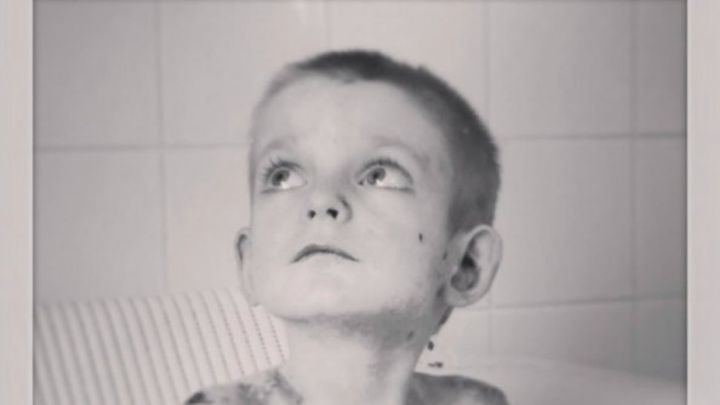
Rhys's bucket list dreams
Rhys is a 8 year old boy from Bolton who suffers a rare genectic skin condition called Epidermolysis Bullosa he has recently given me (his mother) a list of things to do before he passes (bucket list). Rhys is a breathe of fresh air and doesn't let anything get him down. Rhys has the resesive Dystrophic type of eb which is from both myself and his dad.
My bucket list by Rhys Williams 21/09/05 1) to get my cd released for charity (butterfly boys) 2) I would love to take a trip to spain (a charity is looking into this for next year) 3) my big sister to be treated like a princess for the day 4) swim with dolphins 5) I would like to go to florida again but only for a relaxing holiday ( we are currently fundraising for this) 6) to meet one direction and olly murs 7) I would like to play football with the liverpool players 8) my mum and dad to get a special treat 9) to meet my auntie Helen..
Dystrophic EBDystrophic EB is characterised by a lack of adhesion of the skin under the basement membrane. Approximately 25% of all EB sufferers have dystrophic EB. The dystrophic type may be inherited as a dominant or a recessive trait. The recessive inheritable types may lead to major handicaps and a relatively short and painful life. However, there are many exceptions to this rule. Dystrophic EB derives its name from the tendency of the blisters to heal with scarring. This process can lead to contraction of the joints, fusion of the fingers and toes, contraction of the mouth membranes and narrowing of the oesophagus.
There is a wide variation in the severity of dystrophic EB. In general, dystrophic EB is not life-threatening in childhood. At its least severe (this is often the dominant inheritable type of dystrophic EB) the patient can lead an almost normal life. However, the severity of the disorder does increase at a later age due to scarring, fusion of fingers and wastage of skin tissue. In the recessive type of dystrophic EB there is a high chance of developing a squamous cell carcinoma (aggressive skin cancer) before the age of 35. Eventually 40% of the patients with this type of EB die from the effects of squamous cell carcinoma.